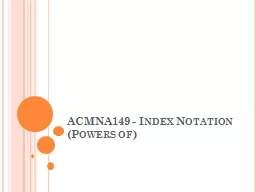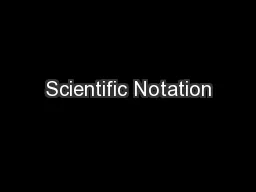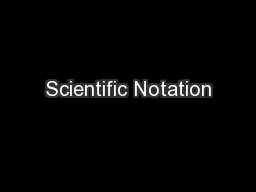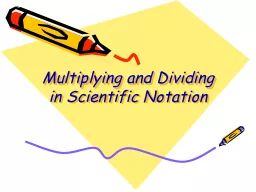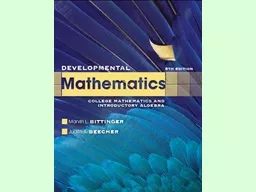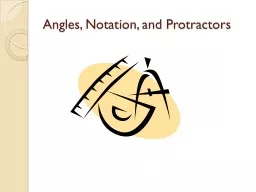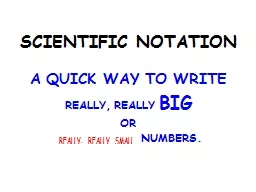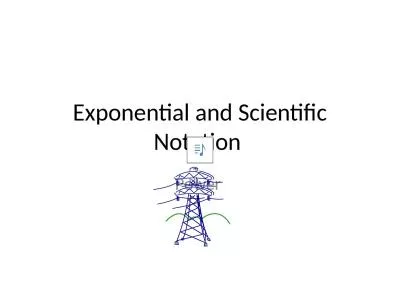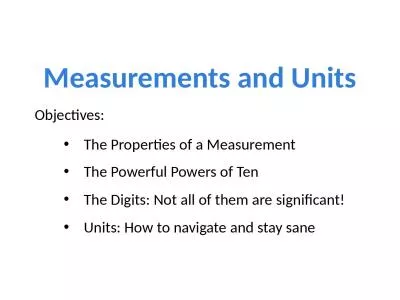PPT-ACMNA149 - Index Notation (Powers of)
Author : sherrill-nordquist | Published Date : 2018-02-01
Types of Numbers What type of numbers do you see Types of Numbers Square Numbers Square Numbers Why do you think these are called square numbers Have you ever heard
Presentation Embed Code
Download Presentation
Download Presentation The PPT/PDF document "ACMNA149 - Index Notation (Powers of)" is the property of its rightful owner. Permission is granted to download and print the materials on this website for personal, non-commercial use only, and to display it on your personal computer provided you do not modify the materials and that you retain all copyright notices contained in the materials. By downloading content from our website, you accept the terms of this agreement.
ACMNA149 - Index Notation (Powers of): Transcript
Download Rules Of Document
"ACMNA149 - Index Notation (Powers of)"The content belongs to its owner. You may download and print it for personal use, without modification, and keep all copyright notices. By downloading, you agree to these terms.
Related Documents

